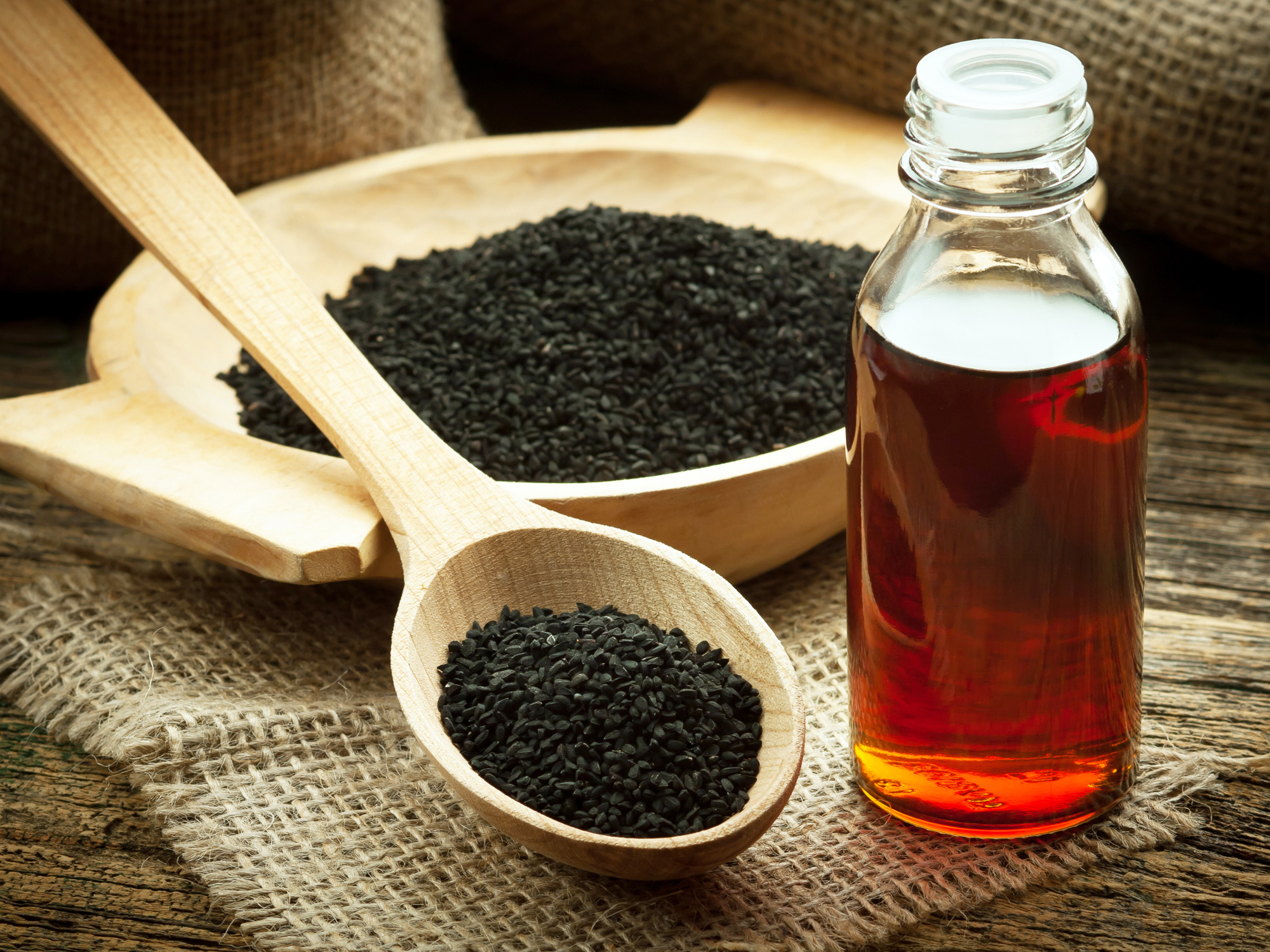

So many of my friends and family members suffer from type 2 diabetes. And even a few children I know. In fact, it seems the list of people I know dealing with this disease grows daily. After all, diabetes is known as a lifestyle disease — and as our waists grow, so does our risk of blood sugar problems. And with that rise of blood sugar problems comes the rise of the number of people on diabetes drugs, like metformin.
These people then have to suffer the side effects — like stomach pain, diarrhea, gas, weakness, muscle pain, headache and even upper respiratory infections — that come with those medications.
But what if I told you that there was a plant that researchers are looking at that may be just as effective at improving glucose intolerance as metformin, but without the side effects?
The plant that induced ‘antidiabetic activity’
Scientists at the Desert Medicine Research Center (Indian Council of Medical Research) set out to test the performance of the seeds of a plant traditionally used in the treatment of diabetes versus metformin.
The plant, Nigella sativa, is often used in pickles as a spice.
Here’s what they found…
One of the active compounds found in the Nigella sativa plant, thymoquinone (TQ), induced what they called “antidiabetic activity.”
Specifically, it helped reduce appetite, glucose absorption in the intestines, blood glucose level, cholesterol and triglyceride levels, body weight and it simulates the secretion of insulin from beta-cells in the pancreas.
But as they say on those old commercials… wait, there’s more.
Related: 4+ reasons diabetics should eat mushrooms
It also helped improve glucose tolerance as efficiently as metformin while showing no significant adverse effects.
Let’s say that again.
It works as well as metformin without the side effects!
And to top it off, it stimulated partial regeneration of pancreatic beta-cells. Those are the cells in your pancreas that actually store and release insulin and produce hormones that slow the rate of sugar entering your bloodstream to better control your blood sugar levels.
In other words, the seeds of the Nigella sativa plant appear to help the body keep blood sugar problems at bay.
How to use Nigella sativa
So what is this Nigella sativa plant, how do you find it and how can you use it?
Here are the answers…
Nigella sativa is also known by a number of other names you may recognize. These include:
- Black cumin
- Black sesame
- Onion seed
- Black caraway
- Roman coriander
It’s also simply referred to as “black seed” or in the case of the oil, “black seed oil.”
The oil itself is actually a golden color and has been used for health purposes since the time of the Pharaohs. That’s why I started including it in my regular supplements quite a while ago…
My favorite source of the Nigella sativa oil is Peak Golden Oil™ because it’s made from organic black Nigella Sativa seeds. That organic factor is something I always look for in any plant-based supplement, as you don’t want to take the risk of polluting your body with the toxins that come from conventional farming methods.
Whenever I feel a little under the weather, it’s my go-to preventative, and so far I’ve been happy with it. Now, I don’t have blood sugar problems, and wouldn’t suggest that anyone that does should drop their medication for this promising plant. But long before a diagnosis is made, most people experience blood sugar spikes that lead to insulin resistance. That’s when, or before, you want to make changes to your lifestyle, including a sensible diet, exercise, boosting your CoQ10 and maybe giving this ancient plant a try, to keep healthy blood sugar levels.
Sources:
- Metformin — RxList
- Antidiabetic Properties of a Spice Plant Nigella sativa — Journal of Endocrinology and Metabolism